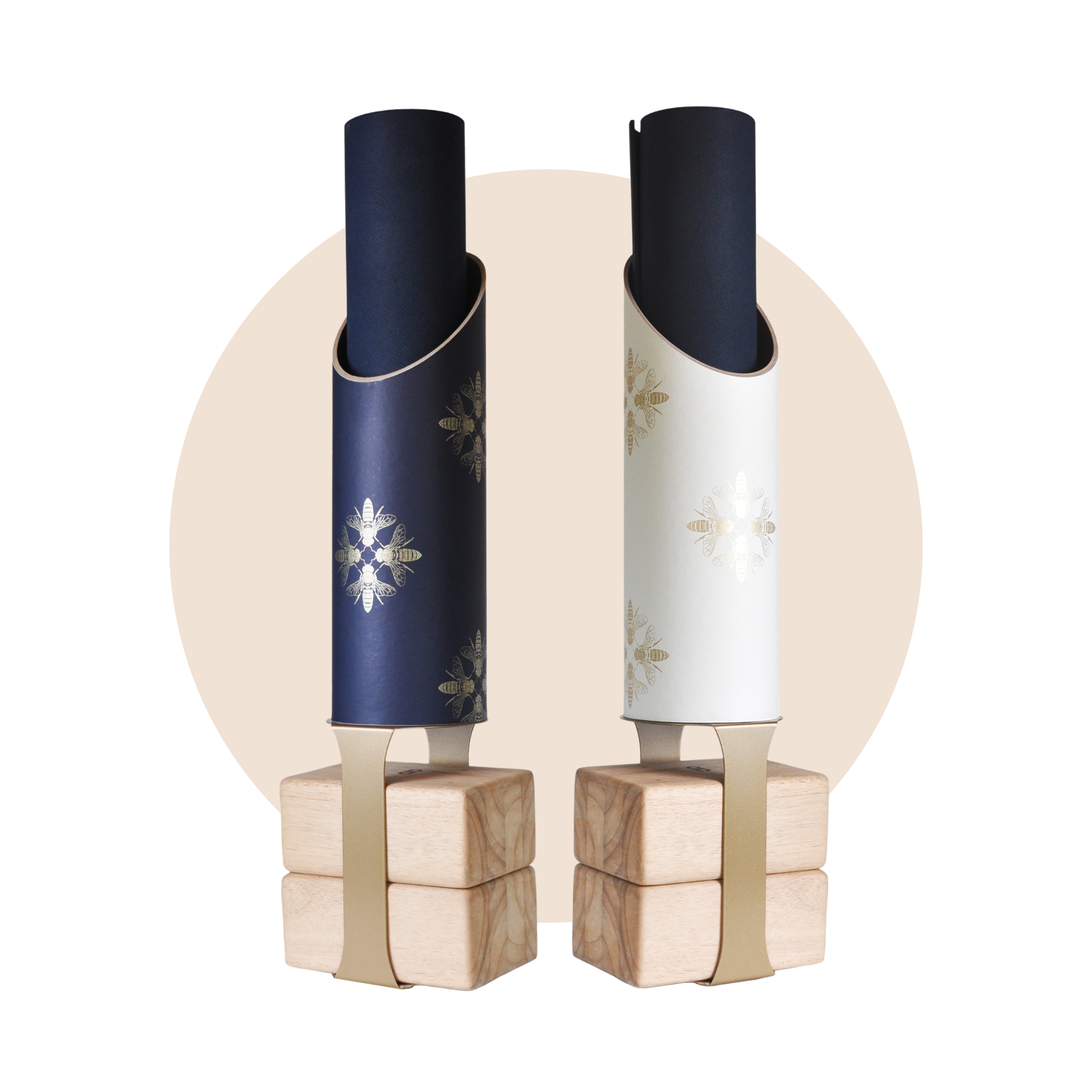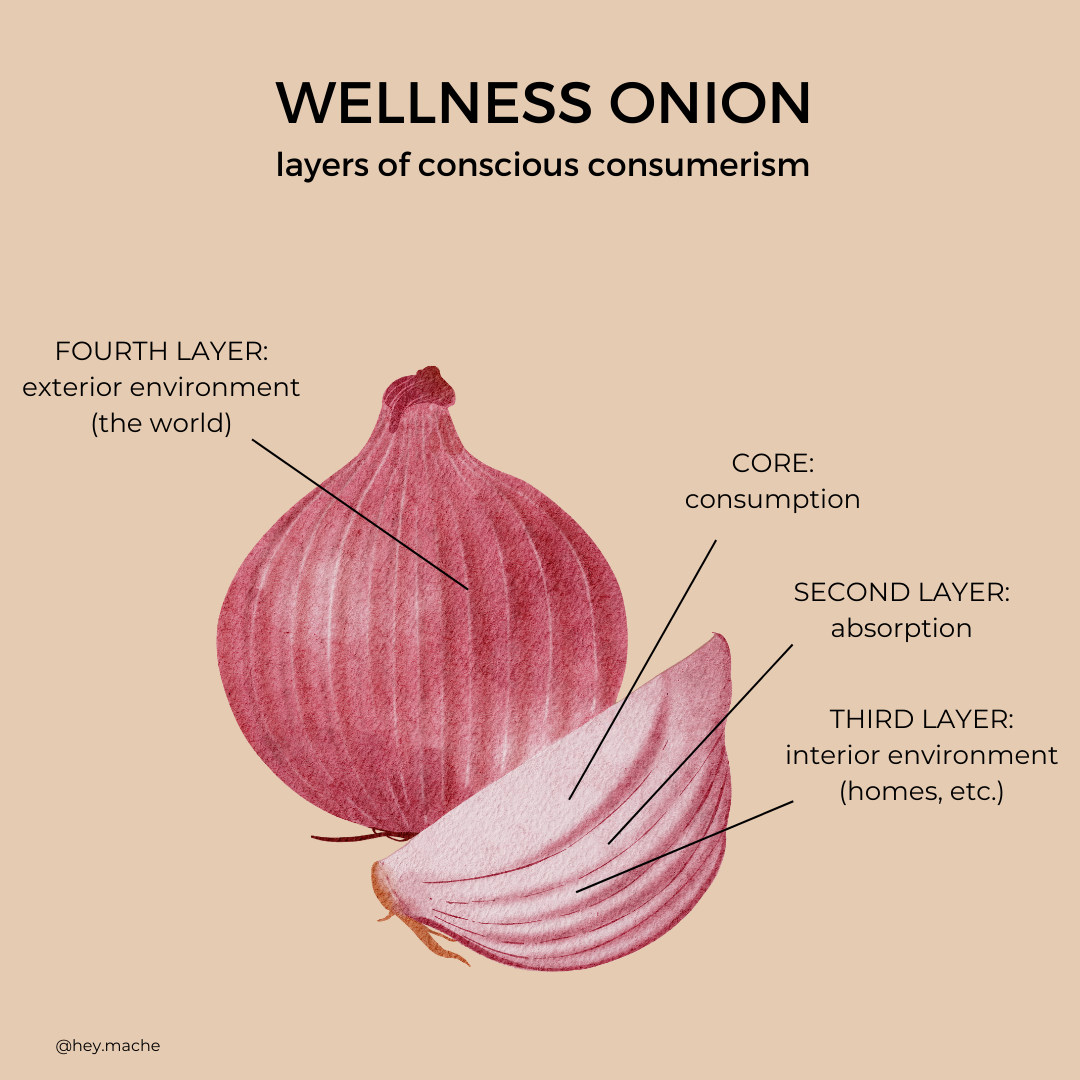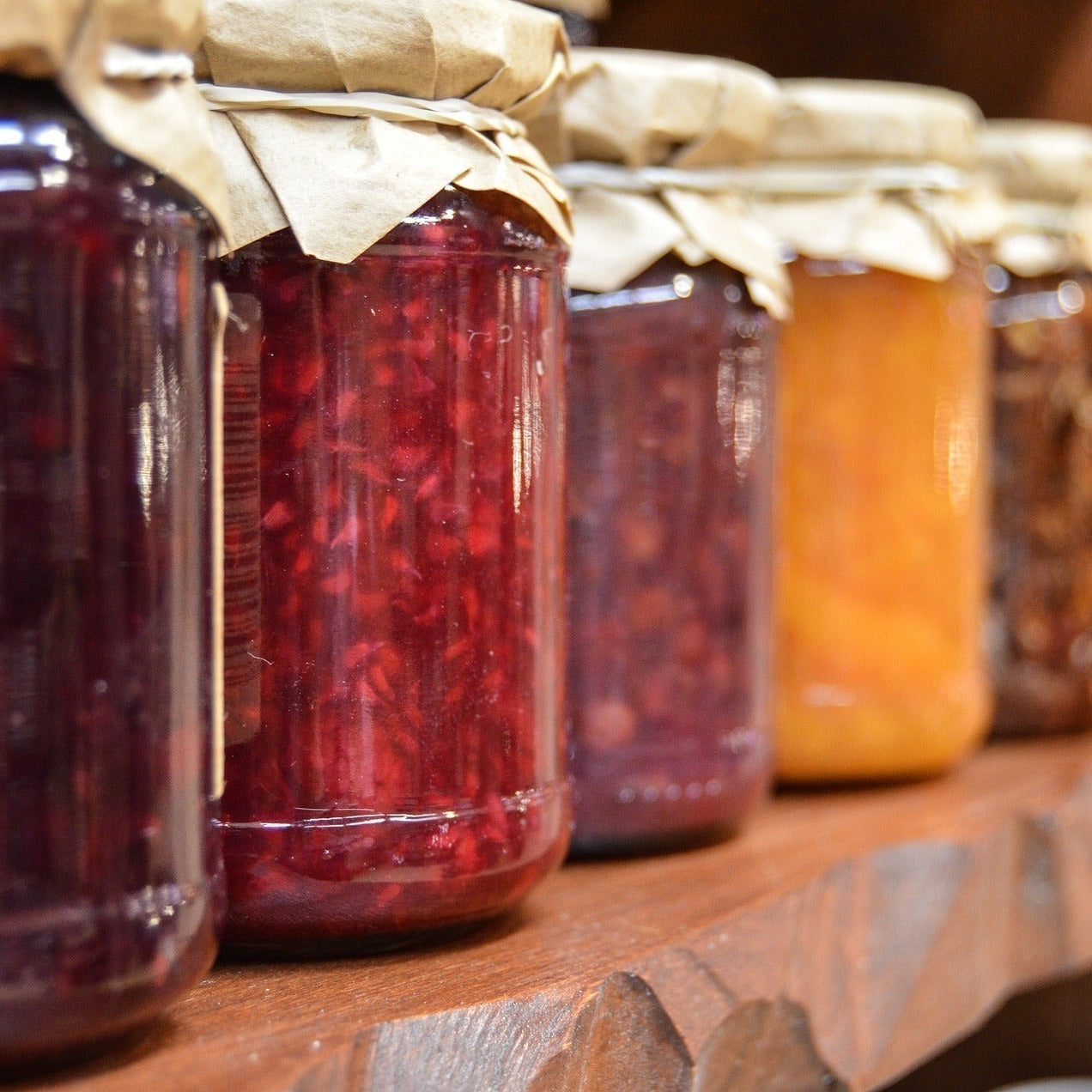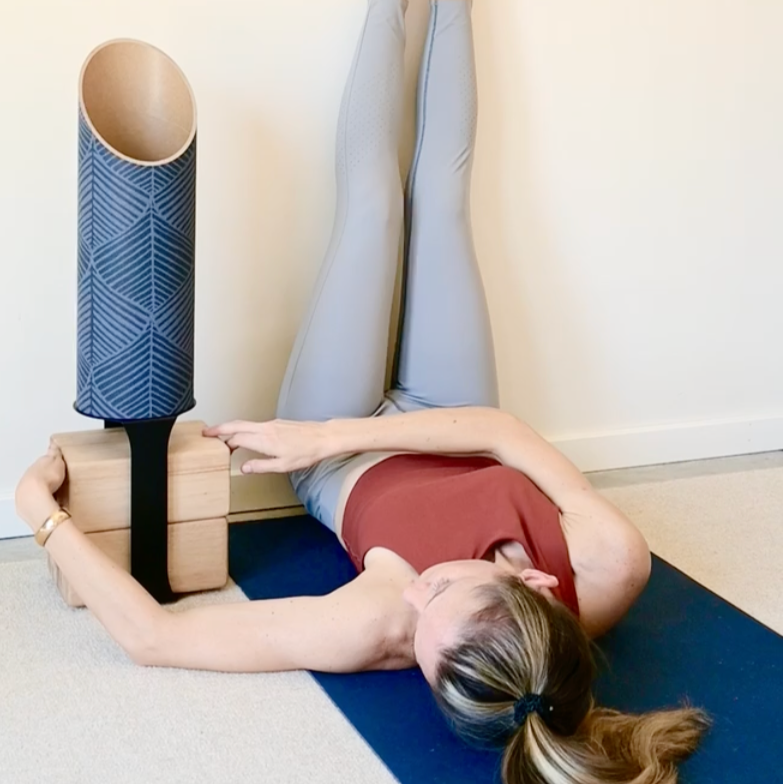Love is at the heart of the world, just as it is at the heart of your life.
― Sebastian Pole, Discovering the True You with Ayurveda: How to Nourish, Rejuvenate, and Transform Your Life
February is the month to celebrate all matters of the heart, and we would like to offer up our top five practices to nourish this most precious organ.
When it comes to our health, one of the most important organs to care for is our heart. Even though it is protected by a cage of bones and tissue, it’s fragile and attending to its physical and emotional health is paramount for our overall well-being.
Our heart is responsible for pumping blood and oxygen throughout our body, but it also plays a crucial role in our emotional balance. In order to maintain a healthy heart, it’s important to adopt a holistic approach to self-care that addresses both the physical and emotional heart.
So, what are FIVE natural heart-healthy practices to add to our tool box this month that we can carry forward as part of our self-care journey throughout the year and beyond? Let’s dive in…

Brew up a Spicy Pot of Heartbreak Remedy Tea
Gather up the following three powerful herbs: arjuna bark powder, cinnamon bark powder, and tulsi leaf powder with honey as an optional carrier and sweetener. Be sure to use organic! Our trusted herb purveyors are both located in Oregon: Banyan Botanicals and Mountain Rose Herbs.
Arjuna, according to Ayurveda medicine, is the foremost rejuvenative for the heart. It strengthens and tones the circulatory system, promotes proper functioning of the heart muscles, and is known to maintain healthy blood pressure and cholesterol levels. Arjuna is traditionally used to promote emotional balance for those who are experiencing grief and is said to “mend a broken heart”. (Yoga of Herbs)
Cinnamon, a wonderful aromatic spice, with its primary benefit as an aid for proper digestion. We chose this herb because it promotes strong circulation throughout the body and for its sweet and pungent taste to offset the bitterness of arjuna. Added health benefits of using cinnamon include powerful antioxidant, anti-inflammatory, blood-sugar and blood-pressure regulating properties.
Tulsi, also known as Holy Basil, is one of the most sacred plants in India and is often kept in courtyards and houses for its purifying and beneficial impact on its surroundings. Tulsi promotes healthy circulation and supports the proper function of the heart. It is said to open the heart and mind and bestow the energy of love and devotion. Tulsi clears the aura and strengthens one’s faith and compassion. (Yoga of Herbs) A wonderful herb for both the physical and emotional heart and recommended when one is feeling blue.
Spoon one teaspoon of each herb into your favorite tea pot. Add hot water and let steep for 4-5 minutes. The powdered herbs will not completely dissolve, so feel free to say YES to dregs! Some prefer to drink the tea while stirring occasionally, or just add more water to the sludge left at the bottom of the cup. Whichever way you choose, you will reap the benefits from this powerful herbal mix.
Local honey can be added as a carrier, bringing the benefits of the herbs deeper into the tissues of the body. If you want to add honey, be sure to pass the “pinkie test” first. This entails placing your pinkie finger in the tea for 10 seconds without needing to pull it out due to the heat. Honey should not be heated past 104 degrees fahrenheit, or it will undergo a negative chemical reaction that makes it taste bitter, making it more difficult to digest, negating its nutritional value, and destroying beneficial enzymes.
Just Breathe
Our vital breath, known as Pranayama in India, supports heart health by calming the mind and activating subtle channels that are rooted in the heart.
If you are new to this practice, start with the full yogic breath which will engage all three lobes of the lungs and benefit the heart by reducing physical and emotional stress. This breath is best in the morning on an empty stomach.
Breath of Victory, aka Ujjayi breathing, is another introductory breathing practice that soothes and regenerates the nervous system, while cleansing the emotional body by releasing stagnant emotions held in the heart and lung tissues.
Bee Breath has numerous health benefits, including calming an agitated mind, relaxing the nervous system, reducing blood pressure, and stimulating the vagus nerve. The vagus nerve plays a crucial role in the activation of the parasympathetic nervous system in our bodies.
Regular practice of these breathing techniques can permanently lower your resting heart rate and blood pressure, putting less wear and tear on your dear heart. Additionally, remember when life gets rocky, you can shift your experience by consciously wielding the power of your breath.
Meditate
Multiple studies have shown that meditating for only ten minutes a day can improve the health of your heart by lowering your heart rate, blood pressure, and reducing your overall stress.
Focus your mind on your heart chakra. The heart chakra is one of the seven chakras (energy centers) of the body and is located near your heart in the center of your chest. When your heart chakra becomes blocked, physically or emotionally, you may have palpitations, low or high blood pressure, poor circulation, feelings of isolation, fear, or a lack of compassion, empathy, and forgiveness.
Certain crystals and stones can be placed on the heart chakra or held during meditation to enhance the free flow of energy through the heart chakra, these include:
- Jade for balance
- Rhodochrosite for trauma and fear
- Rose quartz for self-love and peace
- Malachite for protection and love
- Amazonite for Harmony
Strike a Pose
According to Dr. Helene Glassberg, cardiologist at the Penn Heart and Vascular Center, “Yoga can improve your cholesterol levels and blood sugar levels by improving metabolism, and can lower blood pressure by improving artery relaxation”. In addition, it moves the life force (prana) through the body, dissipates tension, improves circulation, and clears stagnant energy through the physical and emotional spheres.
To specifically support the heart, we’ve selected the following yoga poses:
Mountain Pose (Tadasana)
Not only is this the best yoga pose for a healthy heart, but it also strengthens the lower back.
Chair Pose (Utkatasana)
This pose is known to work on respiration rate which links to heart health. By expanding your chest, it is one of the best heart openers.
Tree Pose (Vrikshasana)
This is one of the most balancing heart opening yoga poses, and works on your shoulders to improve your overall posture as well, so you can breathe fully. See this video for ways to maximize the heart opening in Tree Pose.
Big Toe Pose (Padangusthasana)
While stretching your thighs and calves, this pose will relieve stress and tension throughout the mind and body. It’s also recommended for healthy blood pressure levels.
Downward Facing Dog Pose (Adho Mukha Svanasana)
When practicing regularly, this pose offers calm for the mind and body and may be one of the best yoga poses for removing heart chakra blockage.

Walk in Nature
When you are feeling overwhelmed or your thoughts are sad, angry, or frustrated, the benefits of only a thirty minute walk in nature can be felt up to seven hours later! The fresh air awakens your brain, boosts your energy levels, lowers stress, and calms your nervous system. All things that will decrease levels of cortisol in your body, reducing taxation on your physical heart.
Studies have shown that walking amongst trees can lift your spirits. The Japanese call it forest bathing, which has become a popular preventative healthcare method in Japanese medicine. The practice has been found to lower blood pressure, heart rate, and harmful hormone levels.
Be mindful during your walk, taking it all in through your senses. Be present and fully in the moment. Smell the air, focus on the visual delights, touch the nature around you. Always be on the lookout for wondrous things, whether it be listening to the sounds in nature or spotting a bird perched high up in a tree, allow yourself to feel amazement about the world around you. Be a child again and experience awe.
Achieving a healthy heart requires a holistic approach that addresses the physical, emotional, and spiritual parts of our existence. By incorporating these five practices regularly into your routine you can keep your heart healthy, vibrant, and joyful while improving the overall quality of your life.
There are plenty of practices and diets aimed at heart health. Whichever heart healthy advice you decide to adopt, start slow and build your lifestyle around a bespoke self-care practice. Not all shoes fit every foot, choose what suits you and what you can happily commit to.
May you practice love and be well!




















